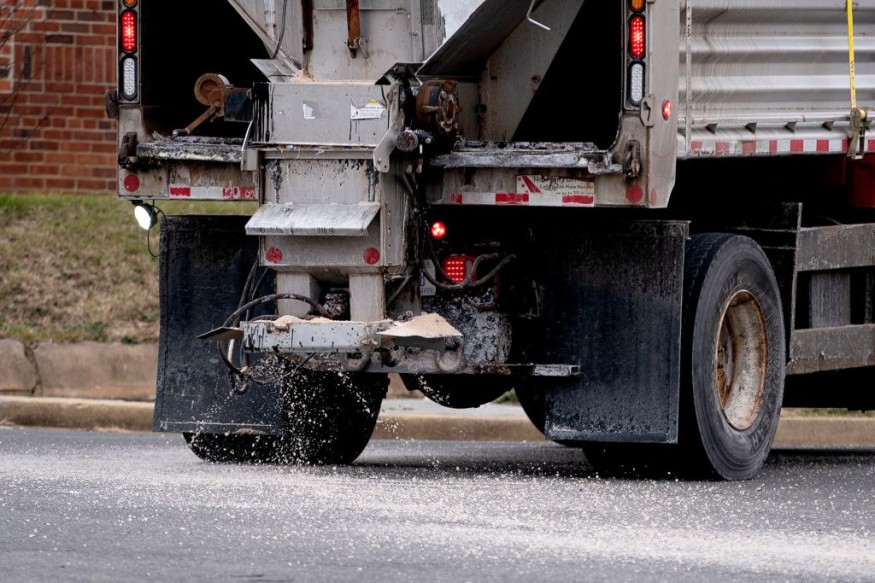Road salts and high chloride levels have reportedly damaged ecosystems and pipe at the Mississippi River. In particular, chloride concentrations are increasing in all Wisconsin monitoring sites and across the upper part of the river's basin, according to reports.
Mississippi River is Getting Saltier

Inside Climate News reported that the winter has brought significant snowfall to most parts of the US recently, which means more snow equates to more road salt, which is known as an effective way to clear roads. Yet, the substance is causing a cascade of environmental impacts as it is being washed into rivers and streams, according to the non-profit news organization.
Meanwhile, Wisconsin Watch, the news outlet of the Wisconsin Center for Investigative Journalism, cited a 2016 report from Friends of the Mississippi River non-profit group that chloride levels in this portion of the river which runs through the Twin Cities metro area have increased by 81% between 1985 and 2014.
With this, a local facilities official in Wisconsin named Ryan Westphal reportedly deviated from the conventional method following the powerful winter storm, according to Inside Climate News and Wisconsin Watch.
This time, instead of mindlessly pouring road salts, Westphal and his team carefully calculated after each time it snows to determine the right amount of salt, since data shows the Mississippi River has been growing saltier for several decades, both non-profit organizations said.
What are Road Salts?
A road salt or rock salt is the mineral form of sodium chloride obtained through natural mining, it is also the same as table salt, which is the purified version of the same mineral. Road salts still contain mineral impurities that make its color either grey or brown, according to the American Chemistry Council.
The substance may also include additives like sugar and sodium hexacyanoferrate that help trucks deploy it to roadways without caking or dissolving.
The council states rock salts have gained popularity when it comes to de-icing, especially during the winter season. However, the method only works if there is a small amount of water during application. With this, it is common to see roads and sidewalks to be covered with brine, a mixture of road salt and water when cold weather is the forecast.
For instance, an adequate application of road salts before a winter storm can decrease the amount needed to de-ice the roads after the weather event. With this, the efficiency of road salt is evident for preventing accidents and injuries. The American Highway Users Alliance determined that applying road salts to roads reduces accidents by up to 93%, as cited by the American Chemistry Council.
Despite the wide usage of road salt, it can reportedly lower the freezing point of water, making it more difficult for H20 to freeze and create dangerous driving conditions.
The greatest threat the substance pose is it makes water saltier, which can harm freshwater animal species and damage ecosystems, which is the reported case in the Wisconsin side of the Mississippi River.
© 2025 NatureWorldNews.com All rights reserved. Do not reproduce without permission.





